What is the maximum speed you can get on the bike and how can you do it?
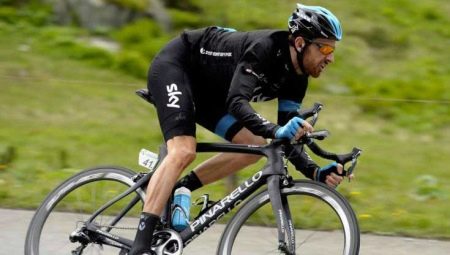
Few of us can perceive a bicycle as a high-speed vehicle. Offhand, if you ask a question about the maximum speed of a trained cyclist, you can name a figure of about 60 km / h. And then, most likely, implying athletes in any prestigious cycling competition. Whether this is so - we learn from the following article.
What affects speed?
There are quite a few different factors that influence the speed of a cyclist. But the main ones, according to experts, are fitness and physical capabilities of a person sitting behind the wheel of a bicycle.
And even such an important factor as the type of the vehicle itself does not matter more than the experience and endurance of the cyclist.
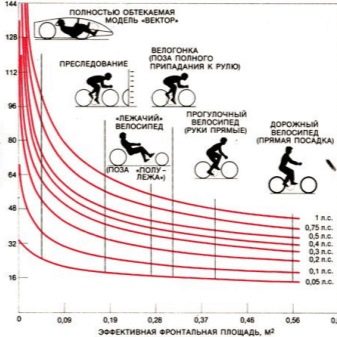
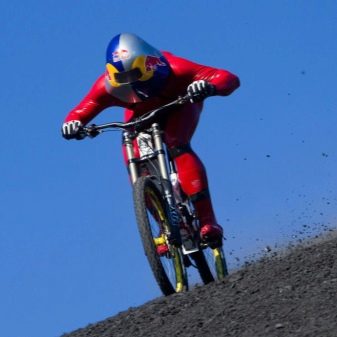
In addition to those mentioned (human factor and bike type), there are other conditions that affect speed. Let us list and briefly describe them.
- The type of terrain on which the cyclist moves. Plains, rough terrain (continuous descents, ascents, sharp turns), mountainous areas, rural or urban conditions - all these factors affect the average cycling speed. In urban conditions, on asphalt roads, the average speed cannot be higher than that which can be developed even on a dirt flat road in rural areas. Traffic lights, pedestrians, cars in a city rarely give an average speed above 10-12 km / h.
- Road surface.This factor is understandable without words - on the highway, even an ordinary person can accelerate to a speed of 20 km / h and hold it for a long time, but on a sandy or gravel road it is almost impossible to do this.
- The technical condition of the vehicle. Of course, a brand new bike with fresh lubrication and shock absorption is much faster than its counterpart from the last century with a chain periodically falling from the stars and a pedal mechanism creaking from dryness.
- The degree of inflation and wear of the wheel tires. Traction also affects the average speed of the bike. High-quality and optimally inflated tires facilitate and provide faster acceleration of the vehicle both from a standstill and in the direction of travel, if you need to increase the speed. In addition, the cyclist spends less energy on it, he gets tired less and therefore will be able to keep a good speed longer.
- Tire compliance with road surface. On hard surfaces it is best to ride on wheels with narrow tires, and on soft surfaces with wide tires.
- Windage. With an increase in speed of more than 10 km / h, air resistance increases and the degree of its resistance increases sharply with each subsequent kilometer of speed. And if there is also a headwind, then the cyclist has to spend a lot of physical strength on high-speed movement.
- Wheel diameter. The smaller the wheels, the weaker the acceleration of the bike with the same physical exertion of a person on the ride as on a bike with large wheels.
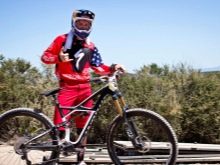
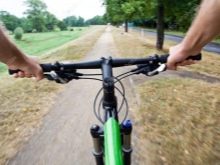
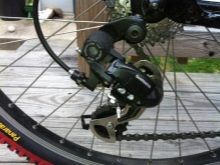
Opportunities for an untrained cyclist
An untrained cyclist can be called a person who does not often go on a bike ride, or uses him only as a vehicle for short trips, for example, out of town to a garden plot, to work, to a distant store, and so on. That is, this is a person who does not regularly use a bicycle to keep fit.
The ability of such a person with a road bike to develop speed is usually limited to 15-18 kilometers per hour., which he can hold on a straight road for a long time. If necessary, on the highway, he is subject to a short-term speed of the order of 22-25 km / h, especially on a downhill slope.
It should be noted that in urban conditions, road and mountain bikes are equivalent in speed, but the latter is safer both from the side of a better view of the surrounding traffic situation and in terms of braking speed in case of an emergency stop.

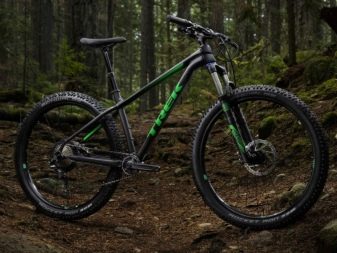
If an unprepared person sits on a sports bike, then even in the most favorable conditions for acceleration, he will hardly be able to even reach a speed of 40 km / h for a short time, maximum - 32-35. He simply does not have enough knowledge of the technique of high-speed cycling. At the same time, a sports road bike under an experienced biker develops a speed of about 80 km / h.
Records
People tend to be attracted to achieving records in their favorite pastime, especially if this activity is sports. So in high-speed cycling, the champions are primarily the athletes-cyclists. Speed records were set, most likely, at all stages of the history of the development of cycling technology, but they became registered either at official sports competitions, or they were made out as part of individual events with the special purpose of setting a record.

Consider what speed records on bicycles are known today.
- Charles Murphy (California, USA) in 1899 set a record for the maximum speed on a bicycle. The achievement was the mark at the level of 100.2 km / h. At the same time, the cyclist moved behind the train, which ensured a decrease in the influence of air resistance on the result.
- In Los Angeles in 1937 a record was set for cycling at a speed of 139 km / h. It was written by Albert Marquet.He moved behind a car with a special awning at the back (they also escaped from the influence of air resistance).
- After 5 years (in 1942) after the last record in the same state of California, a new record for the fastest speed was set by record holder Alf Letourne, moving on an improved bike behind a racing car. He developed a speed of 175 km / h.
- Fastest cyclist - Dutchman Fred Rompelberg, who managed to develop a bicycle speed of 268.83 km / h. At the same time, he was behind a racing car with a fairing, which provided a kind of airless space for the record holder moving behind him. In addition, the bicycle was redesigned and would hardly have found use in everyday life. This happened in 1995.
- In 2005, the Czech athlete O. Sosenka developed the speed on the cycle track in Krylatskoye up to 59.7 km / h and kept this achieved speed for 1 hour (international record for keeping speed). As you can see, along with reaching the maximum speed, there are also records for keeping it. From this record, it becomes clear that no one has been able to keep a bicycle speed above 59.7 km / h for 1 hour.
- Dutchman Sebastian Bowyer in 2013 set a speed record of 133.78 km / h on a bicycle with a fairing. True, the bike was also not quite ordinary, as in the case of Fred Rompelberg's record.


How to improve the speed indicator?
To get the fastest possible speed on the bike, you should follow the recommendations, based on the elementary rules for maintaining cycling and expert advice.
- Carry out timely maintenance of your vehicle: lubrication, cleaning from dirt, replacing worn parts, and so on.
- Before each ride, check the tire pressure and bring this parameter back to the standard specified in the product data sheet.
- Change tires depending on the degree of wear.
- The brakes must always be adjusted.
- Adjust the seat and handlebars to the optimal fit on the bike.
- When driving at high speed, improve aerodynamics by maximizing the forward tilt of the body and lowering the height of the steering wheel.
- Train your own physical strength and endurance regularly. This requires daily trips over distances of at least 20 km in one direction.
- Learn the technique of high-speed cycling and apply it in practice.
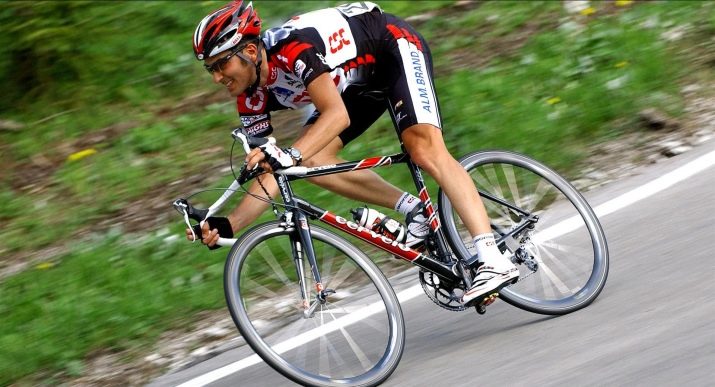
If everything that is recommended above is done exactly, then after a month or two you can feel the first significant changes both in your body and in the speed of cycling. And this will be your first personal best.
See cycling speed record histories below.








